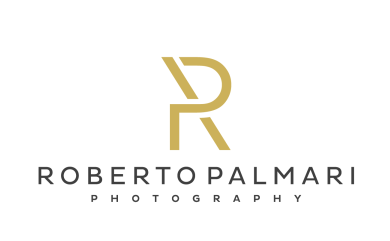World Press Photo Strips Giovanni Troilo of His First Prize Win for Misrepresenting Photo
Today I am home because I have got a cold and I finally have some time to read around and also post some interesting stories here on my blog.
I recently stumbled upon the news of the winner of the World Press Photo being awarded the price then defended against the accusation of being a fraud and then finally being disqualified from the price he won because of one of the photographs of his series not being honestly shot in Charleroi but a few kilometres away from it.
The discussion, as usual sparkled and arose violently soon as he had won the price, was based on the lack of realism of his work. He was depicting, critiques said, the town in a staged way to make it look what it actually is not.
He, they said, mystified the reality to present a highly impressive personal view of his own town depicting it in a detrimental way which the citizens did not really liked from him.
WPP board defended him until someone demonstrated that one of the shots was in fact no place in Charleroi but a nearby place.
At this point the judges could not do anything other than disqualifying him for non compliance to the rules.
I have no personal judgement on the story itself, I don’t know Giovanni Troilo and I don’t know his work nor his motivation but I have my opinion of what is photography for me. I am not a supported of the journalism/documentary approach where the photograph has to look as much as possible “true”. I respect from the deep of my heart Photo-Journalists and Photo-Documentarists, for the work they do showing us images from places and corners of the world that we would never possibly see, risking their lives sometimes.
But can, honestly, a photograph, any photograph, be “true”? By choosing a frame against another, by choosing a focal point or another, aren’t we anyway interpreting what we see in front of us? Can, or even better, should a photograph be aseptically freezing a moment in time without transferring into it the particular mindset and soul of the photographer that shot it? Being a frozen instant of time that one person deliberately decided to freeze, can it really ever be True?
I I shot, let’s make an example, a crying child, how can you tell he/she is crying because of his/her sadness/solitude/misery/pain/whatever or is he/she crying on a whim? How can you tell the truth out of an image if it’s a capture that I decided to make at that precise moment in that particular situation because I felt/wanted to tell you that story in this specific way.
I would love to hear your thoughts, but please be honest without barking and accusing anyone, I am not pre judging here, so don’t you do it as well.
To read more about the World Press Photo story, follow the link here below
World Press Photo Strips Giovanni Troilo of His First Prize Win for Misrepresenting Photo.
Ciao,
Roberto

